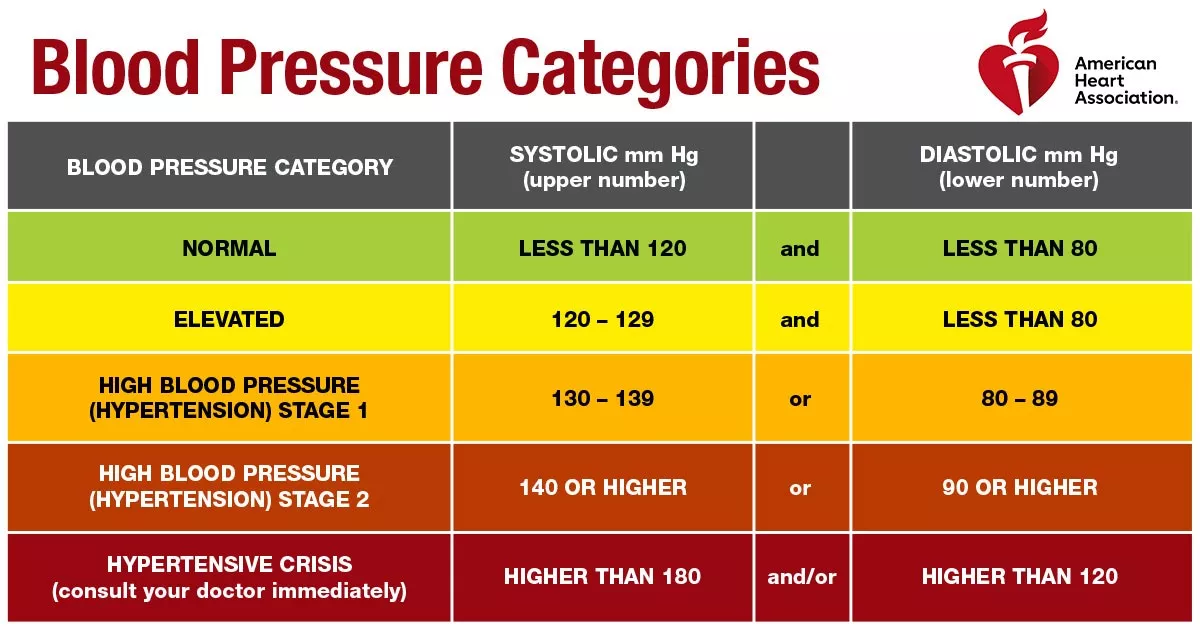According to a research review published today in the Journal of the American Heart Association, eating about 3 grams of omega-3 fatty acids a day -- through food or supplements -- seems to be the best daily dose to help reduce blood pressure**

Omega-3 fatty acids docosahexaenoic acid (DHA) and eicosapentaenoic acid (EPA) are commonly found in fatty fish such as salmon, sardine, tuna, trout, herring and oysters. Some people also take a combination of DHA and EPA in dietary supplements. Although some studies have shown that eating omega-3 fatty acids can reduce blood pressure, the optimal dose required to reduce blood pressure is not clear. According to the National Institutes of Health (NIH), the adequate intake of omega-3 fatty acids for healthy people is 1.1-1.6 grams per day, depending on age and gender.

"According to our research, the average adult may have a moderate decrease in blood pressure if he ingests about 3 grams of these fatty acids every day," said Xinzhi Li, MD, assistant professor and project director of the school of pharmacy, Macao University of science and technology, China.
The researchers analyzed the results of 71 clinical trials published worldwide from 1987 to 2020. These studies examined the relationship between blood pressure and omega-3 fatty acids DHA and EPA (alone or in combination) in people aged 18 and older with or without hypertension or cholesterol disorders. There were nearly 5000 participants, ranging in age from 22 to 86. Participants took fatty acids from dietary and / or prescription supplements for an average of 10 weeks.
Analysis findings:
Compared with adults who did not consume EPA and DHA, those who consumed 2 to 3 grams of omega-3 fatty acids combined with DHA and EPA per day (in supplements, foods, or both) had an average reduction of 2 mmHg in systolic and diastolic blood pressure;
For adults with hypertension or hyperlipidemia, consuming more than 3 grams of omega-3 fatty acids per day may have additional antihypertensive benefits;
The systolic blood pressure of hypertensive patients decreased by an average of 4.5 mmHg after daily intake of 3 G omega-3, while that of non hypertensive patients decreased by an average of about 2 mmHg;
If 5 grams of omega-3 were taken every day, the average systolic blood pressure of hypertensive patients decreased by nearly 4 mmHg, and that of non hypertensive patients decreased by less than 1 mmHg;
Similar differences were seen in patients with hyperlipidemia and people over 45 years of age.
It is reported that about 4-5 ounces of Atlantic salmon can provide 3 grams of omega-3 fatty acids. A typical fish oil supplement contains about 300 mg of omega-3 per tablet, but the dosage varies greatly.
"Most studies report fish oil supplements rather than EPA and DHA omega-3 in food, suggesting that supplements may be an alternative for those who cannot regularly eat high-fat fish such as salmon. Seaweed supplements containing EPA and DHA fatty acids are also an option for those who do not eat fish or other animal products," Li said
In june2019, the US Food and Drug Administration (FDA) announced that it would not object to the use of certain health statements, that is, the intake of EPA and DHA omega-3 fatty acids in food or dietary supplements may reduce the risk of hypertension and coronary heart disease. However, they point out that the evidence is uncertain and very inconsistent.
In addition, there are some limitations in the review, including the different methods of blood pressure measurement and whether these studies have examined the intake of omega-3 from supplements or diets, which may affect the strength of the conclusions.
The American Heart Association recommends eating two servings of fish (3-4 ounces cooked) - especially fatty fish such as salmon - a week as part of a heart healthy diet.